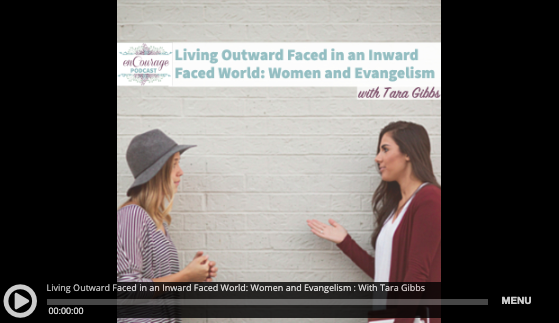Cultivating a Heart for Evangelism
JANE STORY |GUEST The call of Matthew 28 to “go and make disciples” rings down through the centuries, spurring the church to share the gospel. Anyone who has read through Acts has felt the conviction of realizing that every Christian is entrusted with sharing the truth of Jesus. Yet evangelism is difficult. It can feel awkward and uncomfortable. We might fear how people respond to us. We may worry that we will look foolish if we don’t have all the answers, or that we will say something confusing or offensive. Despite the difficulty, sharing our faith with others doesn’t have to be an insurmountable obstacle. In fact, we can even be excited about sharing our faith with others. It all begins with cultivating the right attitude. A right understanding and practice of sharing the gospel is a crucial part of our sanctification. I was raised in a Christian home and came to faith at young age. As a child, I was regularly exposed to teachings about evangelism, and had moments where I inexpertly attempted to share my faith. But by the time I entered college, I had grown disillusioned. I believed that every person was a sinner in need of saving by Christ alone. Yet I had also become deeply uncomfortable with all but the mildest forms of evangelism. Years of listening to American culture lash out against awkward or inappropriately coercive Christians had dissuaded me from my former zeal. I came to a place where I would only share the gospel with my closest friendships or if I was asked about my faith directly. Otherwise, I would be “respectful” by keeping it to myself. In college I found Cru, a campus ministry known for their incredibly direct evangelism style. “Initiative evangelism,” which means walking up to strangers with the explicit purpose of sharing the gospel, is taught and practiced regularly. I joined the group but stayed far away from these activities, fearing we were scaring people away from Christ. However, as I encountered Scripture and the kind persuasion of other believers, my heart did a complete one-eighty. Here are some key passages and principles that altered my perspective:...









